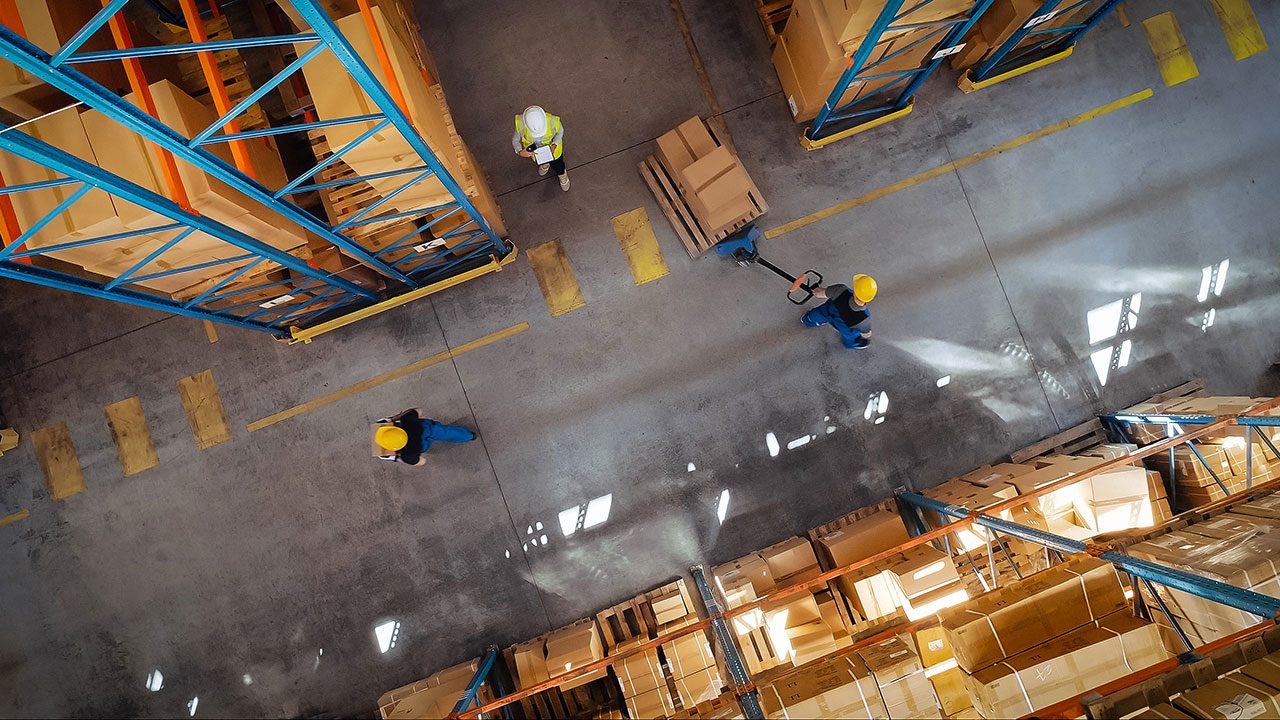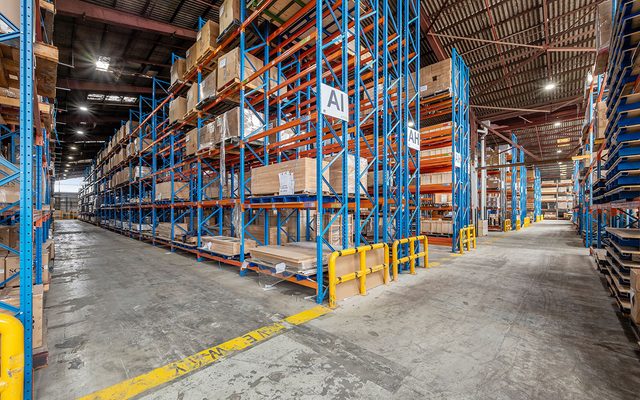This article is from the Australian Property Journal archive
THE industrial and logistics sector has already smashed its occupier take-up record from this time in 2020, sitting almost 900,000sqm above the rate at the same time last year.
According to Australia Industrial Q3 Figures Report from CBRE Research, in the first three quarters of 2021 leases have been committed to for 3,124,593sqm of facilities across Sydney, Melbourne, Brisbane, Adelaide and Perth.
That’s already well above the take-up levels of 2,785,272sqm at the close of the third quarter of 2020.
“Occupier take-up in Australia has been consistently above the long-term average since 2015, but we’re now looking at record numbers in three consecutive years and significant growth year-on-year,” said Sass J-Baleh, head of industrial & logistics research at CBRE, Australia.
Numbers for the past three quarters are also sitting well within reach of the full-year record for the 2020 calendar year of 3,302,686sqm, in the first year to break the 3,000,000sqm mark.
“Last year was the first time the total national figure exceeded 3,000,000sqm, but in 2021 that number has been passed much earlier, in Q3 rather than in Q4,” said J-Baleh.
Melbourne has continued to top industrial and logistics transaction in 2021, taking the lion’s share with more than 50% of take-up across the country or 1,617,719sqm of transactions in the sector, exceeding its 2019 full-year record of 1,254,228sqm.
Sydney is also relatively dominant in the sector with 30% of the national take-up or 928,487sqm of transactions.
Significantly increased e-commerce penetration has continued to drive up leasing across the country. With e-commerce spending reach $51 billion in the last year, retailers in Q3 accounted for 35% of all leasing transactions in the sector.
“Lockdowns continue to accelerate the major growth trends for Industrial & Logistics, as more consumers take their non-discretionary and discretionary shopping online,” said J-Baleh.
Leasing from these retailers has reached almost 600,000sqm in the first three quarters and is anticipated to near 1,000,000sqm by the end of the calendar year.
“As a result, we’ve seen more e-commerce and associated transport and logistics activity in Melbourne than anywhere else in the country,” added J-Baleh.
This is a result of Melbourne’s long COVID-19 lockdowns, resulting in prime average rents in the sector sitting 23% lower than the average in western Sydney.
“Cheaper average rents also make Melbourne appealing for occupiers, especially compared to outer western Sydney precincts, but investors are witnessing rental growth in the market, including 2.5% Quarter on Quarter and 3.9% Year on Year, in line with rising demand,” said J-Baleh.
“Given we typically see a lot of leasing activity in Q4, we’re expecting the year-end level to surpass what we saw in 2020,” concluded J-Baleh.





